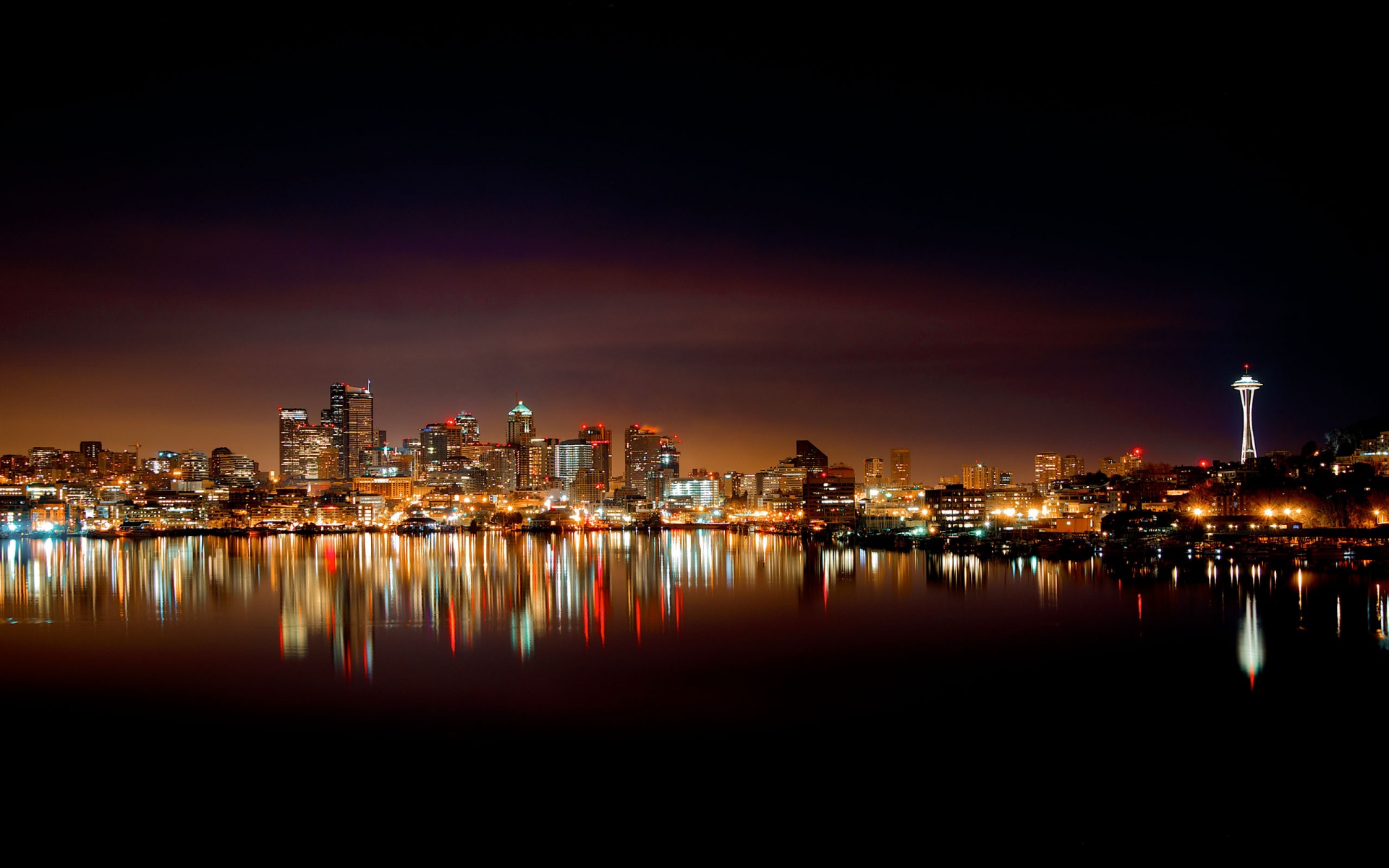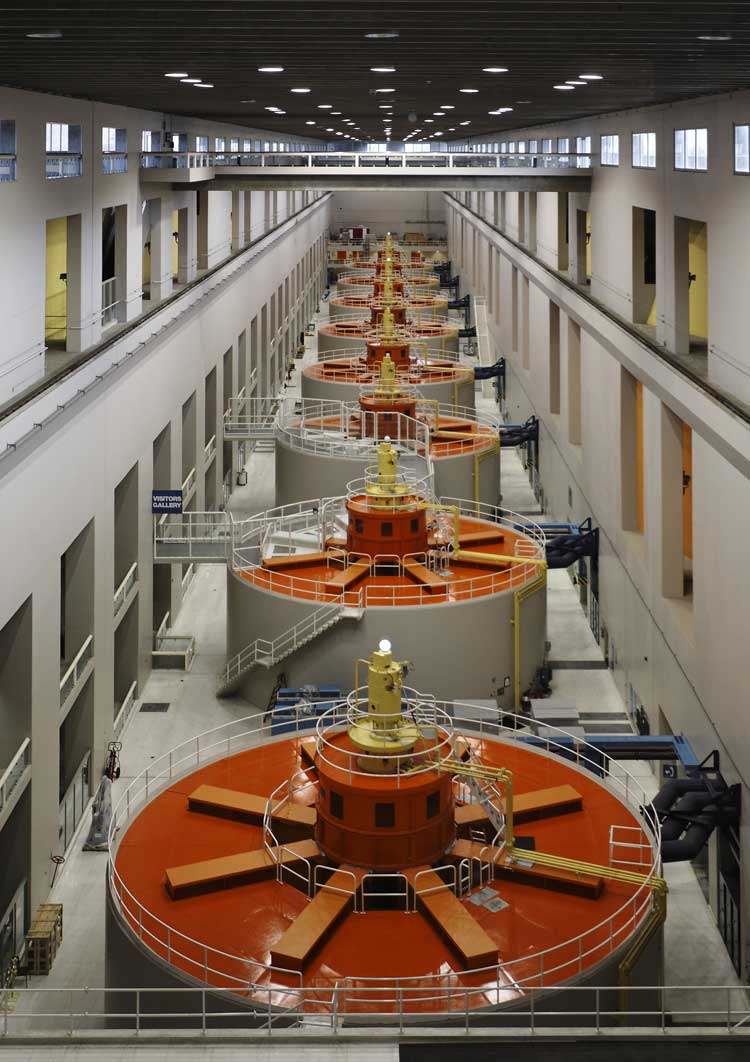What Is Energy
Energy, power, electricity, watts, amps; all of these are commonly used terms in everyday life, as on your bill from the energy provider. Or perhaps choosing an energy efficient television, or looking into a new stereo system; with speakers that are adequate for homes, concerts, and more. But how does all of this work? How does power and electricity relate, to watts, amps, and even electrons?
When looking at electricity it is common knowledge that power plants, wind farms, hydro-electric dams, or maybe a solar farm will produce or capture the energy then in some shape or form convert the energy into electricity and ship it off to “the grid”. Then it will be transported through wires to be used for almost everything people do today. Potentially less known is that this electricity is essentially the movement of electrons creating sine waves of energy, which then turn on your microwave.
Where do these electrons and energy and power stem from though? The answer lies within how atoms work. Atoms are extremely small particles or structures composed of even smaller particle subatomic particles. There are three main subatomic particles: protons, neutrons, and electrons. Electrons are extremely small particles, only weighing 9.10938x10-28 grams. Electrons zoom around the center of the atom called the nucleus in a similar fashion to the way bees buzz around their hive. These highly energetic electrons are also negatively charged allowing them to be acted upon like a magnets negative end. The nucleus is composed of protons and neutrons. Protons are positively charged particles that stay in the center of the atom with the neutrons which contain no charge and only effect the size of the atom. Atoms normally have the same amount of electrons and protons giving them a neutral charge; however, in certain situations atoms can lose or gain electrons giving them charges and turn them into ions. For example if an atom of iron loses an electron it will have a charge of +1 and be called an iron +1 ion. Visit Here for more information: About Atoms and Molecules

How Is Electricity Created
How does all of this relate to electricity? Electricity is created by the movement of electrons. One way this is done is through a process called redox or reduction-oxidation reactions. In a redox reaction electrons in an element such as lithium will be lost from the lithium atoms and gained by an element such as copper. The atoms that are reduced gain electrons whereas the oxidized atoms lose electrons. With the correct system, such as using wires and an electrolyte (compound or molecule able to conduct electricity), these electrons that are moving during the redox reaction can be captured and transported to be used in an electronic device, this is the basis of how batteries work. Moving electrons creates a flow of electrons and voila! Electricity is created. While there are several different ways of exciting one of the smallest subatomic particles such as using magnetic forces to give off energy the one we will focus on here will be in the form of a battery.
After seeing how energy is formed on a very small level it is also important to understand how this is relevant on the big picture as well. As everyone knows electricity is used, almost constantly. Countries such as the United States, India, China, or any other modern day country uses vast amounts of electricity. Normally electricity is described in terms of power. Power is simply the rate in which energy is being used. Looking at units of power usually this is described in watts, which is joules per second, if you do 1000 joules of work in a second then you used 1000 watts of power, or 1 kilowatts worth of power. When receiving your energy bill you are charged based off how many kilowatt hours you used in that month. In a recent study done by the U.S. Department of Energy the average American household uses 911 kWh per month which equates to 29.4 to 30.4kWh per day (DOE, 2016). Just exactly how much energy is that though? Using the Department of Energy’s kWh calculator found here: DOE Energy Use Calculator

Grids, Power, and More
With 30kWh you could run the dryer for your clothes 10.75 times, heat food in the microwave 20 times, or using a LCD TV watch TV for 200 hours just for perspective. When looking at energy consumption this is a portion of the energy used. Residential energy usage accounts for 87 percent of total usage in the country when combining commercial, industrial, transportation and residential use altogether. A common ground for all of these different activities is that this energy has to be stored in one way or another for it to be used in people’s daily lives. But if the light switch turns on without issue why be worried? Currently when looking at the energy grid that stores all of this electricity a few issues come up; such as the deteriorating condition of the grid since it was designed in 1882 by Thomas Edison. The majority the grid was built the same way from 1920-1980 until the energy crisis in the 1970s when change finally began to occur. Most of the energy grid has become very outdated and is need of renovation to help sustain the growing use and reliance on electricity. Crisis such as the Northeast’s extensive power outage that occurred in 1965 or 2003 or perhaps ones similar to the one in 2012 in India can be avoided by upgrading the grid with new technologies.
Along with the age of the grid it is important to take into account that we continue to use the old grid with rising energy demands due to rising population. In between 2004 and 2014 electricity’s use raised 6.1 percent and the amount of customers using it went up 8.3 percent respectively. Even if the United States is being energy conscious and lowering energy use per energy user the amount of users are increasing the grid use. In between 2004 and 2014 energy use increased by 217,221,000 megawatt hours(EIA, 2016) which is no small sum, roughly three and a half times the amount New York City used in the entire year of 2009. As these numbers continue to rise the grid continues to age, the Department of Energy has begun funding projects to help bring the grid back up to par however in some areas energy is harder to come by in current methods such as hydroelectric in Washington compared to New Mexico. But on the flip side of this New Mexico could with the right funding and technology have an extremely successful solar powered grid. These new concepts and ideas along with additional energy storage in cities with large populations, New York, Chicago, and Los Angeles would be greatly helped during peak energy hours and would reduce the stress on the current grid creating fewer failures. For information on America’s Power grid look here:Top 9 Things You Didn't Know About America's Power Grid or here: How Electricity and the Grid Works
